System Options
insulating glass units, or IGUs, consist of two or more lites of glass separated by a hermetically sealed air space to provide more thermal, sound and solar insulation than possible with single-glazed fenestration.
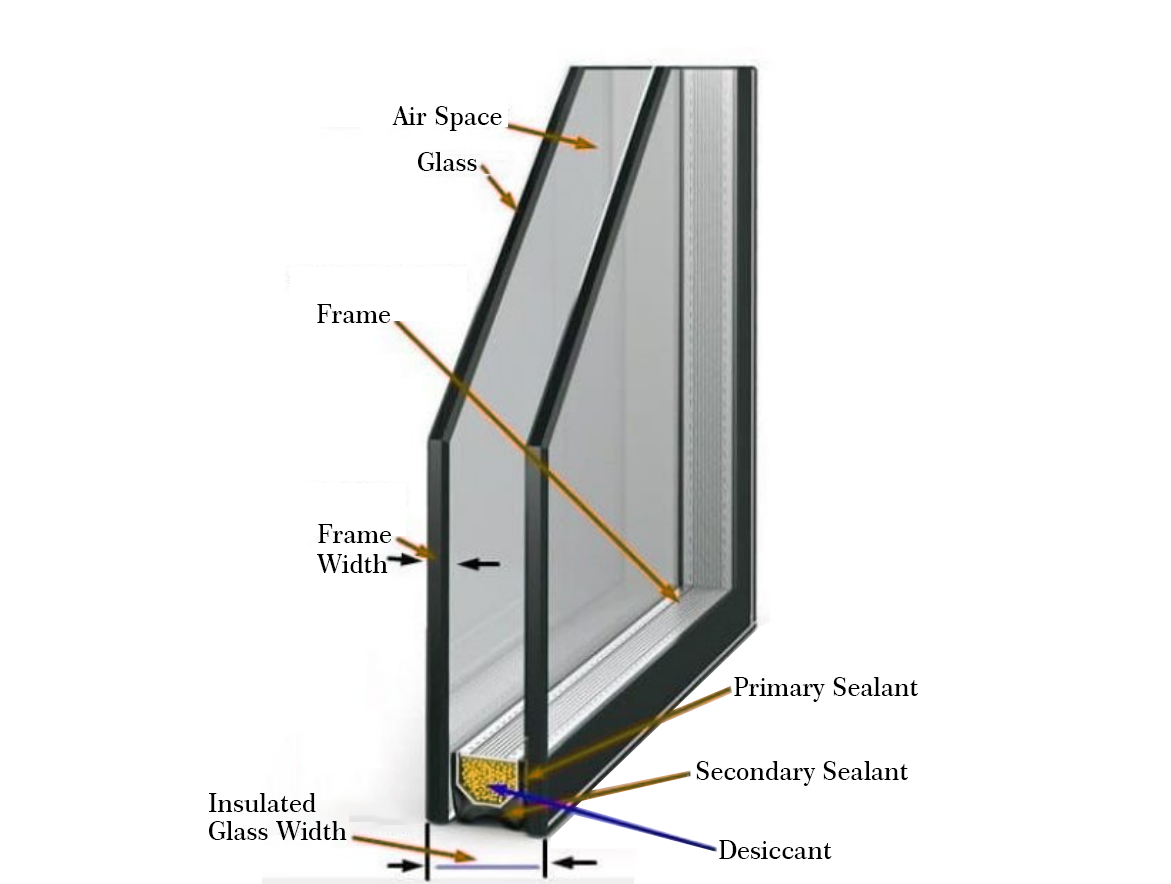
Double Glazing IGU
Our standard glazing is double glazing,They consist of two glass panes separated by a vacuum or gas filled space.Factors such as the distance between panes, pane thickness, and the filling between panes play important roles. For example, a window's insulation properties can be improved by filling the space between panes with a noble gas such as argon or krypton. They are poor conductors of heat making them ideal in windows.
Save Energy & Reduce Costs
The energy properties of glass panes are measured by three different values, known as the A, G and U-values. These three values describe the seal efficiency, light transmission and thermal transmission coefficients of double glazing respectively.
For example, the lower the U-value, the higher the overall energy efficiency. Double glazed windows are built using several special processes for both the glass and frame to ensure overall performance, reduce heat loss, air leakage and prevent condensation build up.
Double glazing can withstand greater wind pressure in high-rise apartment buildings, ensuring safety and stability while effectively reducing external noise for a quiet living environment.
In independent homes, double glazing enhances aesthetics and energy efficiency, with good sealing reducing condensation and maintenance costs. Therefore, double glazing is an essential choice for improving building performance and living quality.
Triple Glazing IGU
Triple-glazed insulated glass consists of three panes and two air spaces, offering superior performance compared to double-glazed glass. Firstly, the two air spaces provide excellent thermal insulation, effectively maintaining indoor temperatures. Secondly, the triple-layer structure more effectively reduces external noise, enhancing sound insulation. Additionally, its design helps prevent condensation, making it particularly suitable for environments with significant temperature fluctuations. Finally, triple-glazed glass has higher impact resistance, making it ideal for buildings that require extra safety measures.
Save Energy & Thermal Performance& Reduce Exterior Noise
Triple glazing has a U-value of 0.7 W/qmK as defined by the DIN EN 673 standard . Triple-glazed windows, equipped with three layers of glass and two insulating layers of gas, represent the pinnacle of energy efficiency in window technology. These windows provide outstanding insulation, minimizing heat transfer and enhancing thermal performance even more than double-glazed options.
Bedrooms, living rooms and home offices are usually most affected and benefit most from improved insulation and noise reduction since they are most frequently used. For effective soundproofing a number of factors must be taken into consideration. Triple glazing is particularly effective when a joint sealant is used between the frame and masonry.
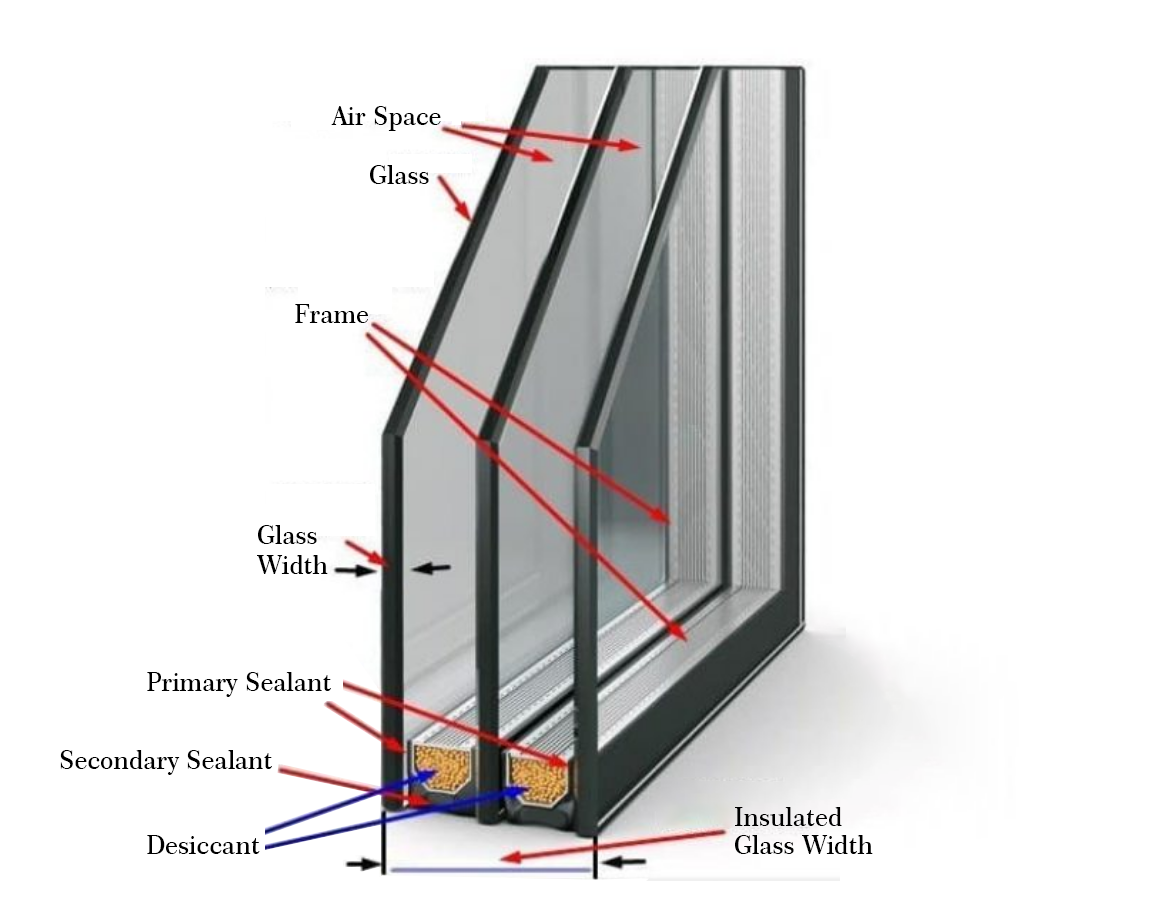
Glass Type Options
We offer a variety of high-performance glass types for customers to choose from, combining safety, sound insulation, and energy efficiency to meet various building needs.

Tempered Glass
Characteristics:
- Formation of a compressive stress layer on the glass surface, enhancing mechanical strength and thermal shock resistance.
- Impact strength is 5 to 10 times greater than that of ordinary glass.
- Bending strength is 3 to 5 times that of ordinary glass.
- Load-bearing capacity is 3 to 5 times greater than that of standard glass.
- As a type of safety glass, fully tempered glass shatters into small, blunt-edged pieces, minimizing the risk of injury.
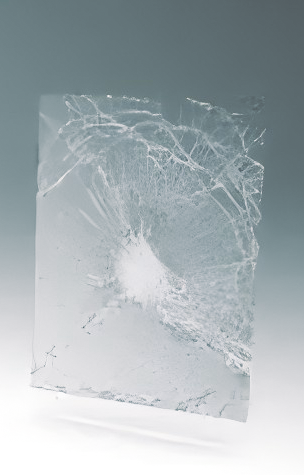
Laminated Glass
- Safety: Provides additional safety by preventing shards from scattering upon breaking, reducing the risk of injury. Laminated glass retains shards on the interlayer, while ordinary glass shatters into pieces.
- Sound Insulation: Excellent sound insulation, typically reducing the sound transmission class (STC) rating to about 30-40 decibels, compared to approximately 25 decibels for ordinary glass.
- UV Protection: Laminated glass blocks about 99% of ultraviolet rays, while ordinary glass typically blocks around 25%.
- Impact Resistance: The interlayer enhances the structural strength of the glass, making its impact resistance 2-5 times greater than that of standard single-pane glass.
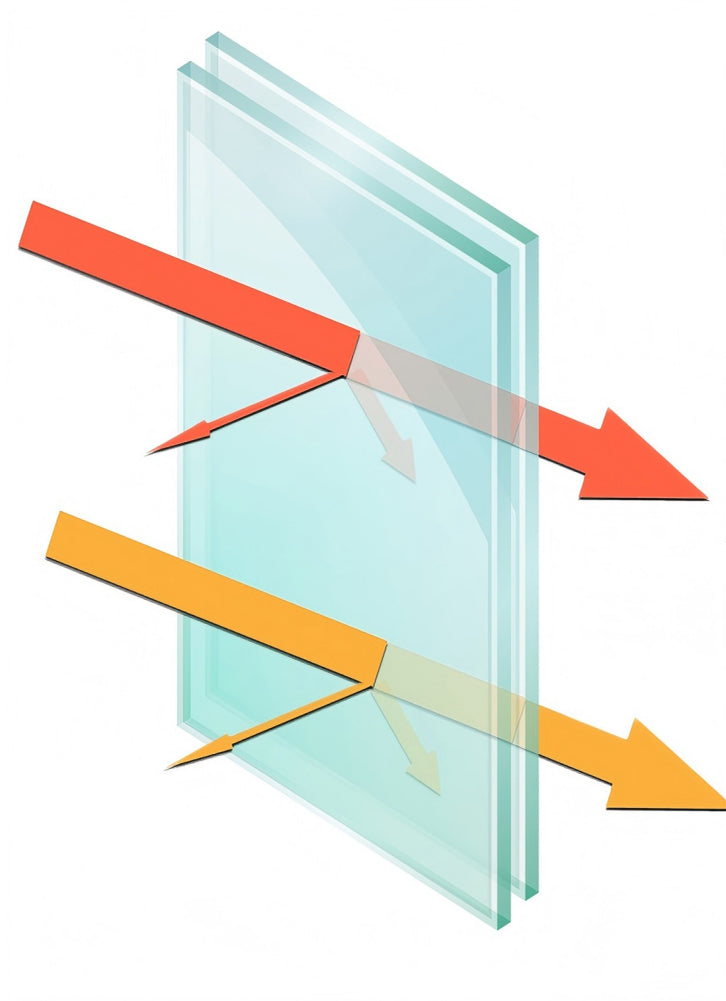
Low-e glass
- In terms of its thermal insulation performance, low-E glass offers the following benefits:
Can allow the sun’s rays to pass through the glass when desired.
Helps reflect indoor heat back into the room.
Can form a shield against the cold exterior.
Generally used in double or triple glazing.
Can help to reduce energy costs associated with indoor heating systems.
The glass lets sunlight pass through while reflecting a large proportion of the sun’s heat. Solar control low-E glass is ideal for maximizing natural daylight and reflecting the most solar heat back to its source. The indoor space remains bright and cooler compared to uncoated glass. Energy efficiency can also be improved as solar control glass helps reduce air conditioning loads during warmer months.
Glazing Options
We offer a variety of high-performance glass types for customers to choose from, combining safety, sound insulation, and energy efficiency to meet various building needs.
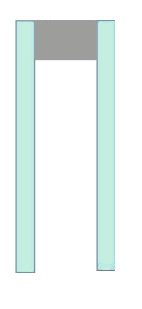
Double insulating tempered glass
Double insulating tempered glass consists of two panes of tempered glass with an air layer in between, serving as a fundamental configuration for doors and windows. Tempered glass offers excellent impact resistance and thermal insulation properties. This type of glass effectively blocks external noise while enhancing the energy efficiency of buildings and reducing heat loss.
Its strength is 2 to 4 times greater than that of ordinary glass, making it widely used in high-rise buildings and windows to provide a safe and comfortable environment.
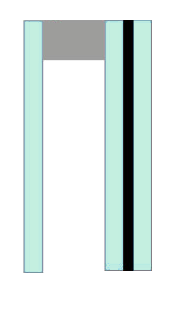
Single Laminated Insulated Glass
Insulating Laminated Glass combinesthe solar control benefits of aninsulating unit with the safety features oflaminated glass. This glass alsoimproves acoustic performance,provides UV protection, and ensuresthe laminated component remains intactin case of glass damage. As a result, itis commonly used for skylights andother overhead glazing applications.

Double laminated insulating glass
Double laminated insulating glass units consist of a laminated inner layer and a laminated outer layer, separated by a space.Additionally, these units meet protective glazing requirements, providing enhanced impact resistance for safety. Overall, double laminated insulating glass units offer an effective balance of sound insulation and security, ensuring a comfortable and safe environment.
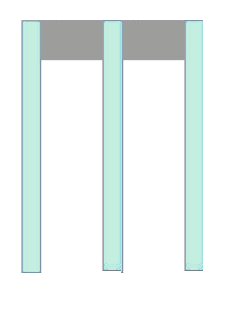
Triple insulating tempered glass
Triple insulating tempered glass units consist of three layers of tempered glass separated by two sealed air spaces, significantly enhancing insulation and lowering the U-value (thermal transmittance coefficient) for improved energy efficiency. This design is particularly beneficial for high-performance buildings and residential spaces, as it withstands extreme weather, maintains a comfortable indoor environment, and helps reduce heating and cooling costs, enhancing the building's sustainability.
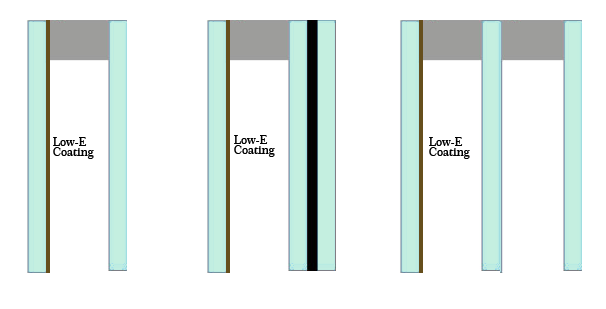
Low-e insulting glass
Low-E coatings are applied to just one side of the glass (on the exterior side of the airspace), making them suitable for various types, including double insulating, triple insulating, and single laminated insulated glass. This coating technology enhances energy efficiency by reflecting heat and controlling solar radiation. Low-E coatings effectively block summer heat from entering the indoor space while retaining indoor warmth during winter, ensuring a comfortable indoor temperature throughout the seasons.








